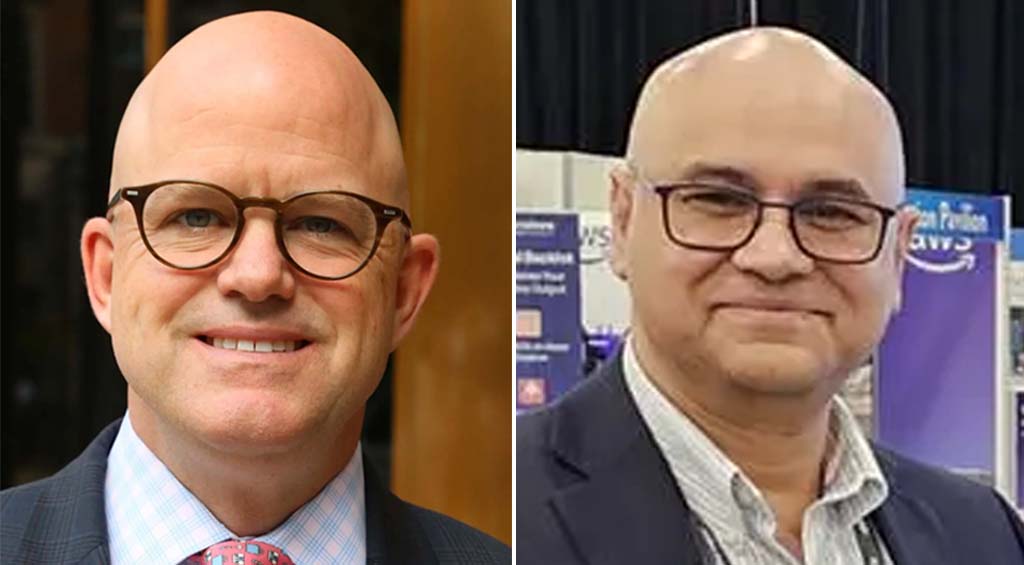NAB, MSTV and NCTA Respond to FCC’s DTV Must-Carry Stance
The National Association of Broadcasters, along with Maximum Service Television Inc., responded to the FCC’s latest action on cable television’s DTV must-carry obligations in a July 16 filing to the commission. The National Cable & Telecommunications Association also filed comments.
The 29-page joint document from NAB and MSTV applauded the FCC’s action in connection with its Second Further Notice of Proposed Rulemaking, which addresses the carriage of digital television signals after the cessation of analog TV broadcasting in 2009.
The two industry associations said that they approved of the commission’s actions in support of television viewers, stating, “We could not more strongly agree with the commission about the importance of facilitating the digital transition in a consumer-friendly manner.”
The FCC document addressed methodologies for cable companies to provide analog-only customers with reception of DTV signals, proposing that cable operators either convert DTV signals to analog for carriage along with digital television channels, or that they provide analog customers with set-top conversion equipment to enable viewing of the digital signals. It also dealt with possible degradation of DTV signals during CATV retransmission and/or analog conversion processes, and proposed standards for evaluating signal quality of broadcasters’ cable-retransmitted signals. Another area of the FCC proposal commented on where signal format should be determined during 16:9/4:3 aspect ratio conversions.
The document from NAB and MSTV supported such FCC proposals and said that these actions would promote the congressional goal of a smooth transition to all-digital television broadcasting in a timely manner, while protecting cable customers from loss of viewing access.
The two groups were also in accord with the proposed means of determining signal quality, saying, “Objective standards, not subjective comparative analysis, are the best way to protect cable subscribers’ access to high-quality digital broadcast television programs.”
Comments filed with the FCC by the NCTA differed from those of the NAB and MSTV groups.
The NCTA document said that FCC notice “proposes an unlawful command-and-control approach over the cable operator’s property, using the digital transition as a cloak to disguise a perpetual violation of the Constitution.”
With regard to the proposed option for cable operators to provide subscribers with digital-to-analog conversion equipment, the NCTA stated that this was not really an option at all, saying, “To exercise it would mean forcing cable customers to attach (and pay for) a set-top box to every one of the estimated 126 million analog television sets that are projected to be still in use in cable homes as of February 2009, even if they have no interest in obtaining the particular must-carry programming at issue.”
The NCTA document also disagreed with the FCC’s position on signal degradation, calling the latter’s proposal for carriage of all content bits “a wrong-headed solution to a nonexistent problem.”
The complete text of he NCTA’s response can be found on its Web site.
The professional video industry's #1 source for news, trends and product and tech information. Sign up below.
